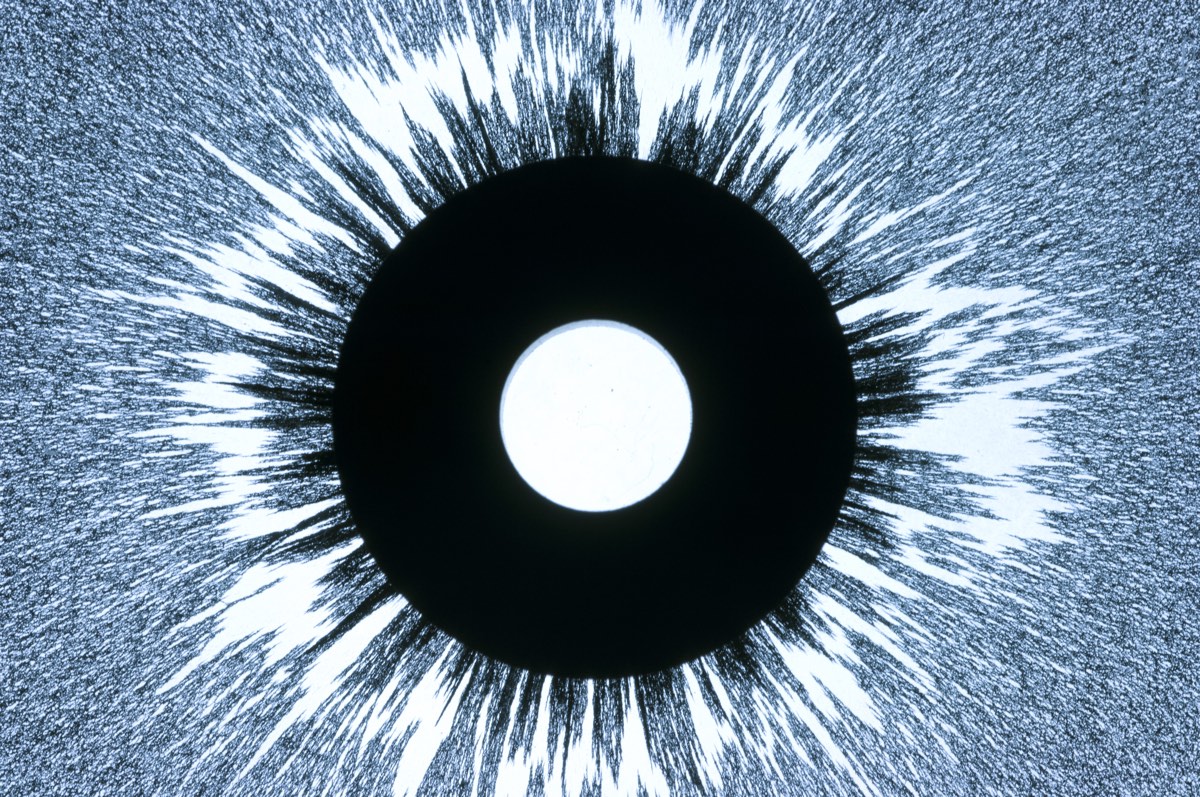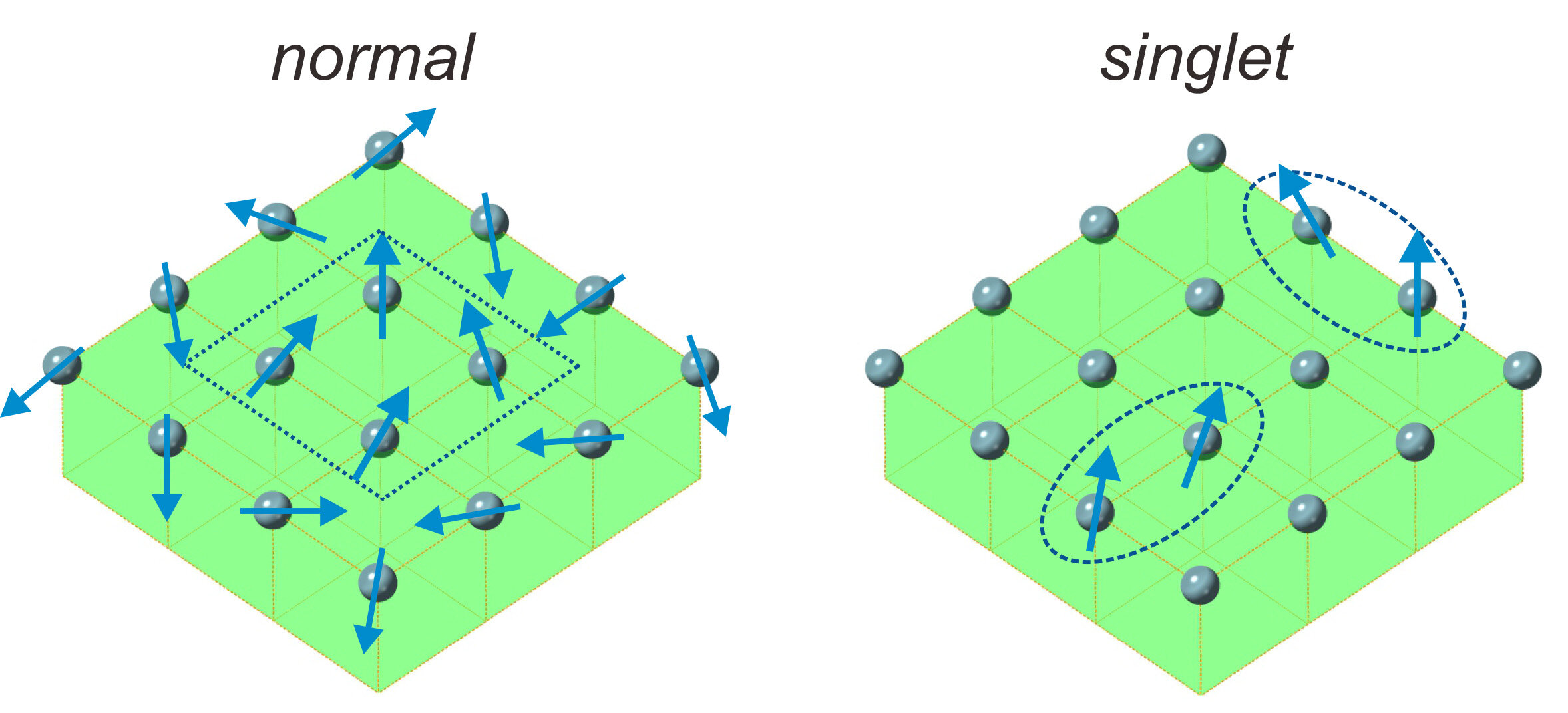Physicists Found a Brand-New Kind of Magnet Hiding in a Uranium Compound

Scientists have discovered a brand-new kind of magnet hiding out in a uranium compound.
The compound, USb2 (a compound of uranium and antimony), a so-called "singlet-based" magnet, is novel in that it generates magnetism in an entirely different way than any other magnet known to scientists.
Electrons, which are negatively charged particles, generate their own tiny magnetic fields. These fields have a "north" and "south" pole, a consequence of a quantum mechanical property known as spin. In most objects, these magnetic fields point in random directions, canceling each other out. (This is why your body isn't a giant magnet.) But in certain materials, those fields become aligned. When that happens, they create a magnetic field powerful enough to, for example, move a bunch of iron filing around or cause a compass to point north.
Just about every known magnet in the universe works this way, from the ones on your fridge and MRI machines to the magnetism of planet Earth itself. [7 Strange Facts About Quarks]
But the newly discovered singlet-based magnet works in a completely different way.
USb2 is like many other substances in that the electrons inside it don't tend to point their magnetic fields in the same direction, so they can't generate magnetism through their combined magnetic field strength.
However, the electrons in USb2 can work together to form quantum-mechanical objects called "spin excitons."
Sign up for the Live Science daily newsletter now
Get the world’s most fascinating discoveries delivered straight to your inbox.
Spin excitons aren't like the normal particles you learned about in physics and chemistry class: electrons, protons, neutrons, photons, etc. Instead, they're quasiparticles, particles that aren't discrete objects in our universe but act like they are.
Spin excitons emerge from the interactions of groups of electrons, and when they form, a magnetic field is created.
According to a statement from the researchers responsible for the USb2 discovery, physicists had long suspected that groups of spin excitons might cluster together with their magnetic fields oriented the same way. They called the effect "singlet-based" magnetism. The phenomenon was previously proven in brief, fragile flashes in ultracold experimental settings, where the strange physics of quantum mechanics are often more pronounced.
Now, physicists have shown for the first time that this sort of magnet can exist in a stable way outside of supercool environments.
In the compound USb2, magnetic fields form in a flash and disappear almost as quickly, the researchers reported in a paper published Feb. 7 in the journal Nature Communications.

Under normal circumstances, the magnetic moments in a bar of iron become aligned gradually, without sharp transitions between magnetized and unmagnetized states. In a singlet-based magnet, the jump between states is sharper. Spin excitons, usually temporary objects, become stable when they cluster together. And when those clusters form, they start a cascade. Like dominoes falling into place, spin excitons fill the entire substance very quickly and suddenly, and align with one another.
That's what seems to be happening in USb2.
The advantage of this sort of magnet, the researchers wrote in their statement, is that it flips between magnetized and unmagnetized states much more easily than normal magnets. Given that many computers rely on switching magnets back and forth to store information, it's possible that one day singlet-based devices could run much more efficiently than conventional magnetic setups.
- The 9 Biggest Unsolved Mysteries in Physics
- What's That? Your Physics Questions Answered
- Twisted Physics: 7 Mind-Blowing Findings
Originally published on Live Science.










